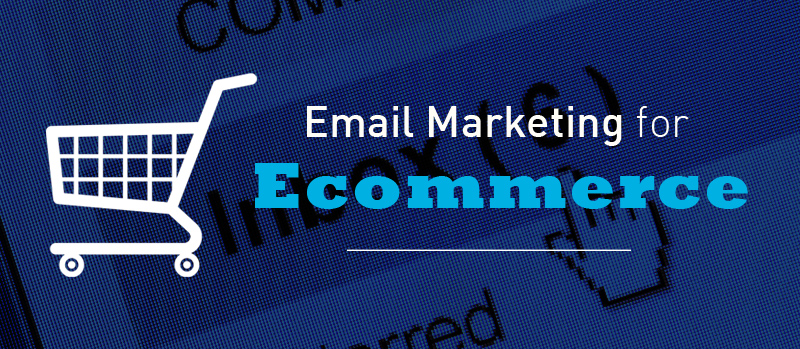
Customers, the lifeblood of a company, are extremely expensive. They can be so costly in fact, that trying to get enough customers to grow a company can literally kill the business — if that business approaches customer acquisition the wrong way. This is especially true as marketers try to build their Ecommerce customer base, as they are competing with over a billion other online entities for sales.
“Instead of throwing heaps of money at online customer acquisition with the hopes that something will work, marketers must work to improve their return by both minimizing their costs and maximizing the lifetime value (LTV) of each customer; with a 4,300% ROI (when it is used right) email marketing is a good place to start.”
First things first: switch to inbound email Marketers with disappointing email marketing results often decry this marketing channel as dead. This sentiment, however, just means they’re doing it wrong. Email is only a weak marketing channel when used exclusively for outbound marketing. This is because outbound email, which usually consists of email blasts to lists of potential customers, lands emails right in the spam box, rendering future efforts 100% ineffective. Inbound email, on the other hand, is about targeting people based on information relevant to them, thereby keeping customers in a buying cycle with the company.
“Because of this, inbound email is 1,800% more effective than email blasts.”
It is most powerful when used on existing customers. Inbound email is the ultimate cross-channel marketing tool.
Assuming that an email marketing campaign operates in a vacuum is a mistake. An email marketing campaign should be integrated with every other online marketing channel. For example, if we have a company that sells vehicle cleaning products hosting an informative blog about how to keep cars clean during the wintertime, customers should be incited to give up their email addresses to learn more. This expands a marketer’s ability to drive a customer’s need for high-end brushes, waxes and other products that they may not have initially considered; in other words, one can organically upsell customers without making them feel like someone is aggressively selling to them.
Email can be used to bring a customer to the next sale
Many products wear down in a consistent amount of time. Email marketing can be used to remind customers to anticipate their next purchase, and keep a particular product in top of mind. For example, let’s say that there is a shoe company that recently sold a pair of running shoes to a customer. With email marketing, they can periodically send the customer friendly emails reminding them to run a few times a week. This encourages the customer to make use of their purchase, keeps the brand fresh in the customer’s mind, and ultimately brings them closer to — and guides the venue for — their next purchase.
Marketers can effectively follow up with customers and cross-sell after closing
Effective email marketing also allows companies to incite customers to buy related products. This is because it provides cross-selling opportunities that can come in the form of a simple thank you. If we have a clothing company that recently sold a customer a coat, for example, the company could thank them for their recent purchase and remind them that they will need a scarf or hat to protect against the cold as well.
Marketers can push customers to the next stage in the buying cycle
People shopping online aren’t always seeking instant purchases. Sometimes they are browsing products that they’re interested in, but don’t want to pay full price for. With a “wishlist” feature, however, emails can guide them to that eventual purchase. If, for example, if we have a high-end electronics company, their products will often be out of people’s budgets; they should include an “add to wishlist” button on their product pages. This way, a visitor who is interested in a laptop computer normally out of their budget can automatically receive an email notification when it goes on sale.
Minimize customer acquisition costs with email
When one maximizes the customer LTV with cross-sells, upsells and return purchases, acquisition costs start plummeting. Email marketing is a critical tool for Ecommerce business in this regard.


